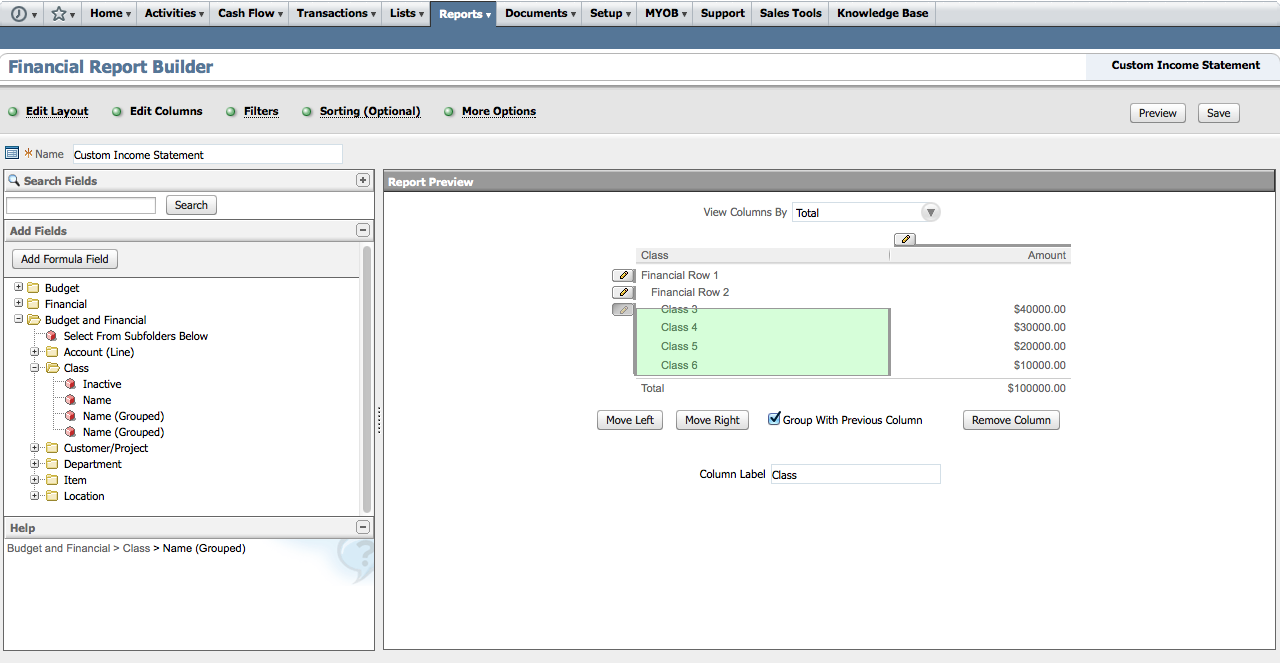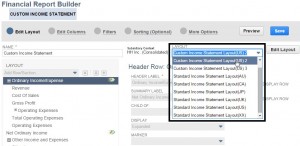



We can even edit, view, delete, or change the ownership of reports. This is where users can view all the saved reports. Users can manage custom reports by using the Saved Reports page. The customization options also depend on the user's role, permission, and the report that we select. We can also choose which users are allowed to access the reports by setting permissions. We can edit the default columns, filters, and sorting options applied to the report. Click on the 'More Customization' option on the new report definition page. To create a report, go to the Report Builder and click on 'Customize'. The Report Builder follows a What You See Is What You Get (WYSIWYG) format, which means we can view the changes that we made before saving the report. NetSuite offers a special Financial Report Builder to customize financial statements only. We can modify the reports to meet specific needs. The most standard and ad hoc reports can be customized using the Report Builder. Want to Become a Master in Netsuite? Then visit here to Learn Netsuite Training Report Customization Once the reports creation is done, we will get options for printing, emailing, and exporting to. We also have a Report Snapshot portlet option to view a summary of reports on a dashboard for a selected date or period. They can set their preferences that change the results of the reports. It also provides ad-hoc reports in which users can select formatting options. It contains a lot of standard reports with pre-defined data and formatting. Users who have access to reporting can find this function in the NetSuite Reports tab. Users can also build custom reports in the Report Builder tool. Users can run pre-built reports, or they can set their preferences and modify them. NetSuite provides various reporting capabilities that retrieve, analyze, and present real-time business results. NetSuite Reporting Tools - Table of Content


 0 kommentar(er)
0 kommentar(er)
